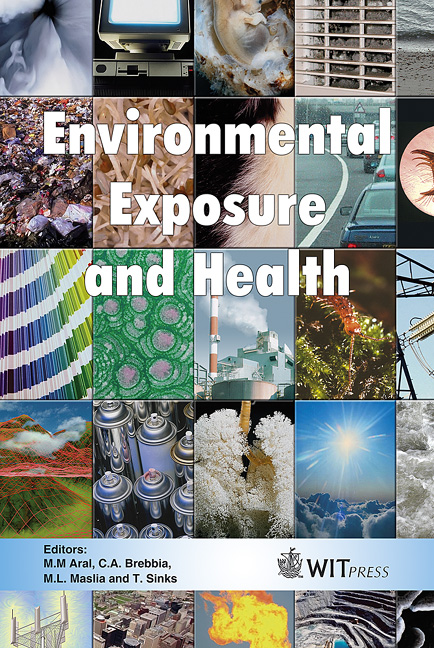Relating Air Quality And Environmental Public Health Tracking Data
Price
Free (open access)
Transaction
Volume
85
Pages
10
Published
2005
Size
517 kb
Paper DOI
10.2495/EEH050051
Copyright
WIT Press
Author(s)
V. Boothe, W. F. Dimmick & T. O. Talbot
Abstract
Initiated in February 2004, the Public Health Air Surveillance Evaluation (PHASE) Project is a multi-disciplinary collaboration between the Centers for Disease Control and Prevention (CDC), the U.S Environmental Protection Agency (EPA), and three Environmental Public Health Tracking Network (EPHTN) state agencies. The objective of this project is to develop, evaluate, and demonstrate the advantages and limitations of different methods of generating air quality characterization data that could be systematically and routinely available to link with public health surveillance data as part of the Environmental Public Health Tracking Network. Keywords: ozone, particulate matter, asthma, myocardial infarctions, case cross-over, exposure assessment. 1 Introduction In September of 2000, the Pew Environmental Health Commission issued a report that called on legislators to create a federally supported Nationwide Health Tracking Network of local, state and federal public health agencies that tracks trends of priority chronic diseases and relevant environmental factors in all 50 states. According to the report, effective environmental health tracking requires a coordinated approach that identifies hazards, evaluates exposures, and tracks the health of the population [1]. The term \“Tracking” was defined by the Commission as synonymous with the concept of public health surveillance which is, \“the ongoing systematic collection, analysis, and interpretation of
Keywords
ozone, particulate matter, asthma, myocardial infarctions, case cross-over, exposure assessment.




